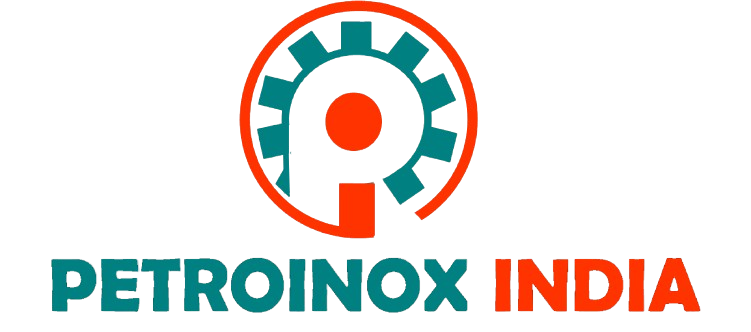M.S. (Mild Steel) and G.I. (Galvanized Iron) ERW (Electric Resistance Welded) pipes are widely utilized in various industries due to their strength, durability, and cost-effectiveness. These pipes are formed through the welding of flat steel strips, making them ideal for a range of applications. Let’s delve into what these pipes are and their uses across different sectors.
What Are M.S. and G.I. ERW Pipes?
M.S. ERW Pipes
M.S. ERW pipes are made from mild steel, which is low in carbon and has a high tensile strength. These pipes are characterized by their excellent weldability and formability, making them suitable for various applications.
G.I. ERW Pipes
G.I. ERW pipes, on the other hand, are mild steel pipes that have been galvanized—coated with a layer of zinc to enhance their resistance to corrosion. This makes G.I. pipes especially valuable in environments prone to moisture and harsh conditions.
Manufacturing Process
The manufacturing process for both M.S. and G.I. ERW pipes involves:
- Steel Strip Preparation: Flat steel strips are cleaned and cut to the desired length.
- Forming: The strips are rolled and shaped into a pipe form.
- Welding: The edges of the strips are welded together using electric resistance, creating a strong, continuous seam.
- Galvanization (for G.I. pipes): The welded pipes are immersed in molten zinc to create a protective coating.
Uses of M.S. and G.I. ERW Pipes in Different Industries
1. Construction Industry
In construction, M.S. and G.I. ERW pipes are widely used for:
- Structural Support: Serving as columns, beams, and frames in buildings.
- Water Supply Lines: Used for plumbing systems due to their strength and durability.
- Scaffolding: Providing temporary structures that support workers and materials during construction.
2. Water and Sewage Management
Both M.S. and G.I. ERW pipes are commonly utilized in water and sewage systems:
- Water Distribution: G.I. pipes are particularly favored for transporting drinking water due to their corrosion resistance.
- Drainage Systems: Used in stormwater and sewage management to facilitate the flow of waste and prevent blockages.
3. Automotive Industry
In the automotive sector, these pipes find application in:
- Exhaust Systems: Used in the manufacturing of exhaust pipes and mufflers due to their strength and heat resistance.
- Fuel Lines: Providing a safe conduit for transporting fuel within vehicles.
4. Oil and Gas Industry
M.S. and G.I. ERW pipes are essential in the oil and gas sector:
- Pipelines: Used for transporting crude oil, natural gas, and other fluids, thanks to their strength and resistance to pressure.
- Refinery Applications: Employed in various components within refineries for their durability.
5. Agriculture
In agriculture, these pipes are commonly used for:
- Irrigation Systems: G.I. pipes are often used in sprinkler and drip irrigation systems due to their corrosion resistance and longevity.
- Fencing and Infrastructure: M.S. pipes serve as fencing posts and support for agricultural structures.
6. Manufacturing and Fabrication
M.S. and G.I. ERW pipes are prevalent in manufacturing and fabrication processes:
- Machinery and Equipment: Used in the production of various machinery parts and equipment frames.
- Transportation Equipment: Employed in the manufacturing of trailers, carts, and other transport vehicles.
Conclusion
M.S. and G.I. ERW pipes are integral to numerous industries due to their robust properties and versatility. Their applications range from construction and water management to automotive and agriculture, showcasing their importance in modern infrastructure and industrial processes. As industries evolve, the demand for these pipes is expected to grow, driven by their cost-effectiveness and reliability in diverse environments. Whether for structural support or fluid transportation, M.S. and G.I. ERW pipes continue to play a vital role in everyday applications.


 Pipes
Pipes